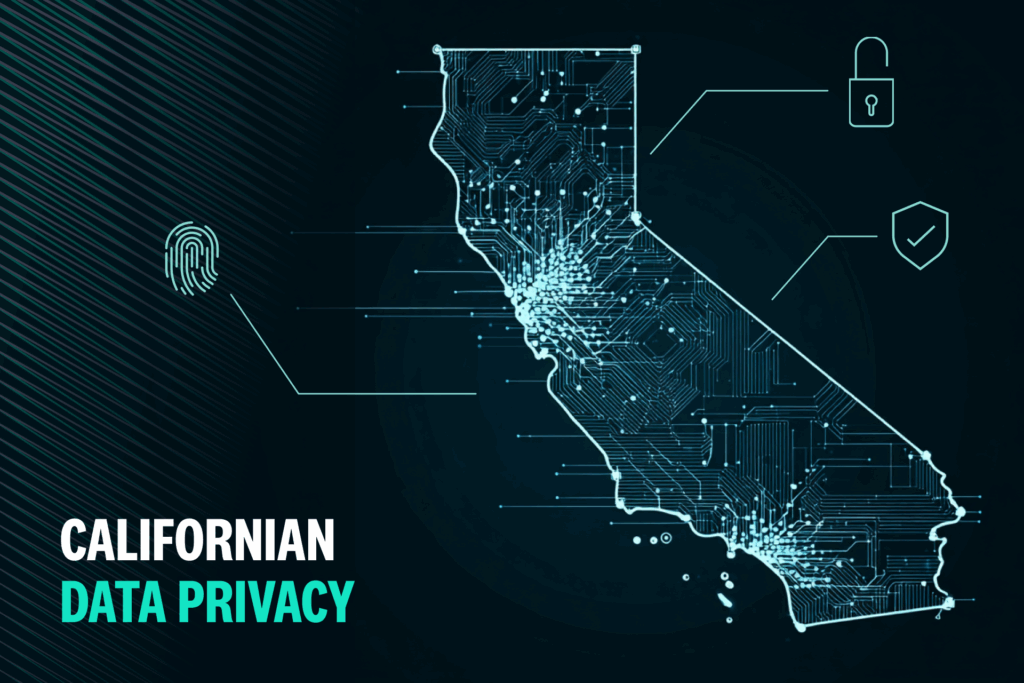Fraud Article
Navigating fraud in the age of AI: Key takeaways from Veriff’s Pulse webinar
Deepfakes, synthetic identities, and fraud-as-a-service are reshaping the threat landscape. Join Veriff’s Fraud Industry Pulse Webinar to explore what fraud will look like in 2025, how AI can be both a weapon and a shield, and why a flexible, multi-layered defense is key. Get insights to stay ahead, build trust, and outsmart even the smartest attacks!

As digital fraud continues to evolve at breakneck speed, Veriff’s latest Fraud Industry Pulse Webinar offered timely and actionable insights into how businesses can defend themselves in 2025 and beyond. Hosted by Chris Hooper (Head of Brand), Aaron Hilling (Senior Account Manager), and Margit Kubi (Associate Account Manager), the session spotlighted global fraud trends, the double-edged role of AI, and how businesses can build resilient fraud prevention ecosystems.
Global fraud trends: One size doesn’t fit all
Fraud is on the rise—but not evenly across the globe. Veriff’s Pulse Survey revealed sharp regional variations:
LATAM
A steep increase in synthetic identity fraud and the rise of fraud-as-a-service platforms.
United States
E-commerce has now overtaken financial services as the most fraud-impacted industry.
Europe
The battle focuses on impersonation fraud and adhering to strict data privacy and AI regulations like the GDPR and EU AI Act.
This data reinforces the importance of localized, context-aware fraud strategies based on region, transaction patterns, and user behavior.
AI in fraud prevention: A double-edged sword
One of the hottest topics in the webinar was how AI is reshaping the fraud landscape—for better and worse.
- 76% of businesses reported an increase in AI-driven fraud attacks, such as deepfakes, lip-syncing facial videos, and manipulated documents.
- But AI isn’t just a threat—64% of respondents are using AI to fight fraud, with another 20% planning to adopt it in the next year.
As Aaron Hilling noted during the discussion, AI enables proactive detection, automation, and smarter workflows—though accuracy, scalability, and compliance with global laws (like CCPA and GDPR) remain challenges.

Missed the Live Webinar? Watch It On-Demand
Watch the full session and get access to the survey results
Core defense strategy: Multi-layered, modular, and biometrics-powered
The panel emphasized that no single tool can solve every fraud challenge. Instead, a robust fraud prevention ecosystem should include:
– Identity Verification (IDV)
– Biometric reauthentication
– Velocity abuse detection
– Device fingerprinting
– Passive signal-based ongoing authentication
In one case, a Veriff client reduced fraud rates by 50% simply by adding velocity abuse detection to their workflow.
Additionally, 83% of businesses have already integrated IDV and biometrics, with 81% planning to expand their use—making it a central pillar of modern fraud defense.
A strategic mental model for fraud risk
To assess risk dynamically and effectively, Chris Hooper encouraged attendees to ask:
- Is the customer real? (Identity Verification)
- Can they be trusted? (Behavioral signals and account history)
- Can this be verified continuously? (Ongoing authentication via biometrics)
This model supports adaptive identity profiling and enables smarter decision-making.
Fraud prevention is a business priority—not just a compliance task
The webinar also addressed budgeting for fraud prevention. According to Veriff’s survey:
- Over 70% of companies across the US, UK, and Brazil say fraud prevention is prioritized at the C-suite level.
- 32% of respondents reported a revenue impact of 3–5% due to fraud.
Investments in fraud prevention are no longer just about mitigating loss—they’re about building trust, driving conversion, and enhancing retention.
Real-world example: Biometrics in action
Aaron shared a case study from a financial services provider that integrated biometric reauthentication (via post-IDV selfies) to manage password resets and phone number changes. The outcome? Less internal workload, smoother customer experience, and stronger fraud controls during sensitive events.
Looking ahead: Fraud will continue to grow—but so will our defenses
With 89% of businesses expecting fraud to rise in 2025, the message is clear: the time to act is now. As Chris, Aaron, and Margit emphasized, the future of fraud prevention will rely on trust-centered technology, region-specific strategies, and AI-powered insights.
Final thoughts
Fraud is getting smarter, faster, and more sophisticated—but so are the defenses. Veriff’s Pulse Webinar showed that adaptability, regional awareness, and technology built on trust are the pillars of any effective fraud strategy in 2025 and beyond.














